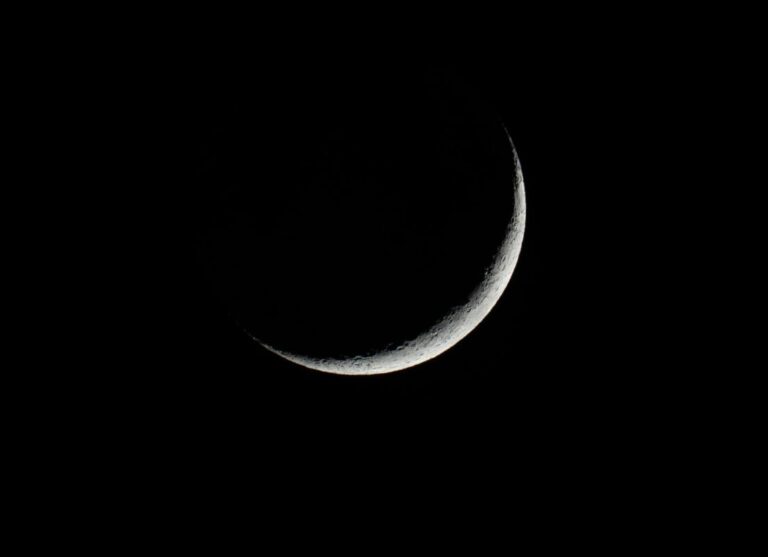What is the Meaning of Red Color? A Friendly Guide to Understanding its Symbolism
Red is a color that has been used by humans for thousands of years and has been associated with a wide variety of meanings and symbolism. It is a color that is impossible to ignore, and it has been used in everything from art and design to nature and culture. In this article, we will explore the meaning of the color red and examine its historical significance, psychological impact, symbolism, and more.
Throughout history, red has been a color that has held great significance in many cultures around the world. It has been associated with everything from love and passion to anger and danger. In ancient Egypt, red was associated with the god of the sun, and it was used to symbolize life and rebirth. In China, red is a symbol of good luck and prosperity, and it is often used in weddings and other celebrations. In Western cultures, red is often associated with love and passion, as well as danger and warning.
Key Takeaways:
- Red has been used by humans for thousands of years and has been associated with a wide variety of meanings and symbolism.
- Throughout history, red has held great significance in many cultures around the world, representing everything from love and passion to anger and danger.
- Red is a color that is impossible to ignore, and it has been used in everything from art and design to nature and culture.
Historical Significance of Red
Ancient Cultures
Red has been an important color in many ancient cultures. In ancient Egypt, red was associated with the god of chaos and destruction, Seth. In China, red was considered a lucky color and was used in many important ceremonies. In India, red was associated with fertility and was worn by brides on their wedding day.
Modern Interpretations
In modern times, red has taken on many new meanings. Red is often associated with love and passion, and is used in many Valentine’s Day decorations. It is also associated with power and dominance, and is often used in political campaigns and advertising. In some cultures, red is still considered a lucky color and is used in many important ceremonies.
Overall, the historical significance of red is complex and multifaceted. From ancient times to the present day, red has been associated with many different meanings and has played an important role in many different cultures. Whether it is used to symbolize love, power, or luck, the color red continues to be an important part of our lives and our culture.
Psychological Impact of Red
Emotional Responses
The color red has been shown to have a significant impact on our emotional responses. It is often associated with strong feelings such as love, passion, and anger. Studies have shown that being exposed to or wearing red can increase heart rate, respiration rate, and blood pressure. This can lead to feelings of excitement and energy.
On the other hand, red can also evoke negative emotions such as anger and aggression. This is because the color red is associated with danger and warning signs. It can also symbolize blood and violence, which can trigger negative emotions in some people.
Behavioral Effects
Wearing red can influence our behavior in various ways. For example, studies have shown that people wearing red are perceived as more attractive and sexually desirable. This is because red is associated with passion and romance.
Red can also influence our decision-making and performance. In sports, for example, athletes wearing red have been shown to perform better than those wearing other colors. This is because the color red is associated with dominance and aggression, which can give athletes a psychological edge over their opponents.
Summarizing, the color red has a significant impact on our psychological and emotional responses. While it can evoke both positive and negative emotions, it is generally associated with passion, excitement, and energy. It can also influence our behavior and decision-making in various ways.
Red in Art and Design
Use in Visual Arts
Red is a popular color in visual arts, and it is used to convey different emotions and messages in different artworks. In religious art, red is used to symbolize the blood of Christ, while in secular art, it is used to represent passion, love, and sensuality. In abstract art, red is used to create a sense of energy and movement.
Many famous artists have used red in their artworks, including Vincent van Gogh, who used it to create a sense of intensity in his paintings, and Mark Rothko, who used it to create a sense of depth and emotion in his abstract paintings.
Implication in Graphic Design
In graphic design, red is a powerful color that is used to grab attention and create a sense of urgency. It is often used in logos, advertising, and packaging to create a sense of excitement and energy. Red is also used in warning signs and emergency signals to convey danger and urgency.
When using red in graphic design, it is important to consider the context and message of the design. Red can be overwhelming and aggressive if used inappropriately, so it is important to balance it with other colors and design elements to create a harmonious and effective design.
Summarizing, red is a versatile color that can be used to convey a range of emotions and messages in art and design. Whether it is used to create a sense of passion and energy or to convey danger and urgency, red is a powerful color that can capture attention and evoke strong emotions in viewers.
Symbolism of Red in Different Cultures
Red is a color that has been used symbolically in cultures around the world for centuries. In some cultures, it represents good fortune, while in others, it is associated with passion and love. Let’s take a closer look at the symbolism of red in different cultures.
Eastern Symbolism
In many Eastern cultures, red is seen as a color of great importance. In China, red is associated with honor, success, and prosperity. It is often used during celebrations such as the Chinese New Year. Red is also the traditional color for wedding dresses in China, as it is believed to bring good luck to the couple.
In India, red is a symbol of power and fertility. It is often used in religious ceremonies and is also the color of choice for brides on their wedding day. In Japan, red is associated with life and energy. It is often used in traditional clothing and is a popular color for festivals.
Western Symbolism
In Western cultures, the symbolism of red is often associated with passion and love. It is also associated with danger and warning signs. In Christianity, red is associated with the blood of Christ and is often used in religious art and symbolism.
In ancient Greece, red was associated with the god of war, Ares. It was seen as a symbol of bloodshed and violence. In medieval Europe, red was associated with the devil and was often used in depictions of hell.
Overall, the symbolism of red varies greatly depending on the culture and context in which it is used. While it can represent love and passion in one culture, it may represent danger and violence in another.
Red in Nature
Red is a color that can be found in many natural elements, from animals to plants and minerals. Here are some examples of red things found in nature:
-
Mars: The planet Mars is often referred to as the “red planet” due to its reddish appearance. This is caused by iron oxide (rust) on its surface.
-
Ruby: A rare and valuable gemstone known for its deep red color. It is often associated with love, passion, and protection.
-
Cardinal: A type of bird with bright red feathers. The male cardinal is known for its vibrant red plumage, while the female is a more muted brown color.
-
Cherry: A small fruit that is red when ripe. Cherries are often used in cooking and baking, and are also a popular snack.
-
Blood: The color of blood is often described as a deep red. It is an important part of the human body, carrying oxygen and nutrients to our cells.
-
Rose: A type of flower that comes in many different colors, including red. Red roses are often associated with love and romance.
Overall, red is a color that can be found in many different aspects of nature. It is a vibrant and attention-grabbing color that can convey a range of emotions and meanings.
Conclusion
Summarizing, the color red has a wide range of meanings and symbolisms across different cultures, contexts, and industries. From love and passion to danger and warning, red can evoke strong emotions and reactions in people.
Red is often used in marketing and advertising to grab attention, create a sense of urgency, and increase sales. It’s also a popular color in fashion, interior design, and art.
However, it’s important to note that the meaning of red can vary depending on personal experiences and cultural backgrounds. It’s always best to consider the context and audience when using red in any form of communication or expression.
Overall, the color red is a powerful and dynamic color that can convey a variety of meanings and emotions. Whether it’s used to evoke love, excitement, or caution, red is a color that demands attention and leaves a lasting impression.


